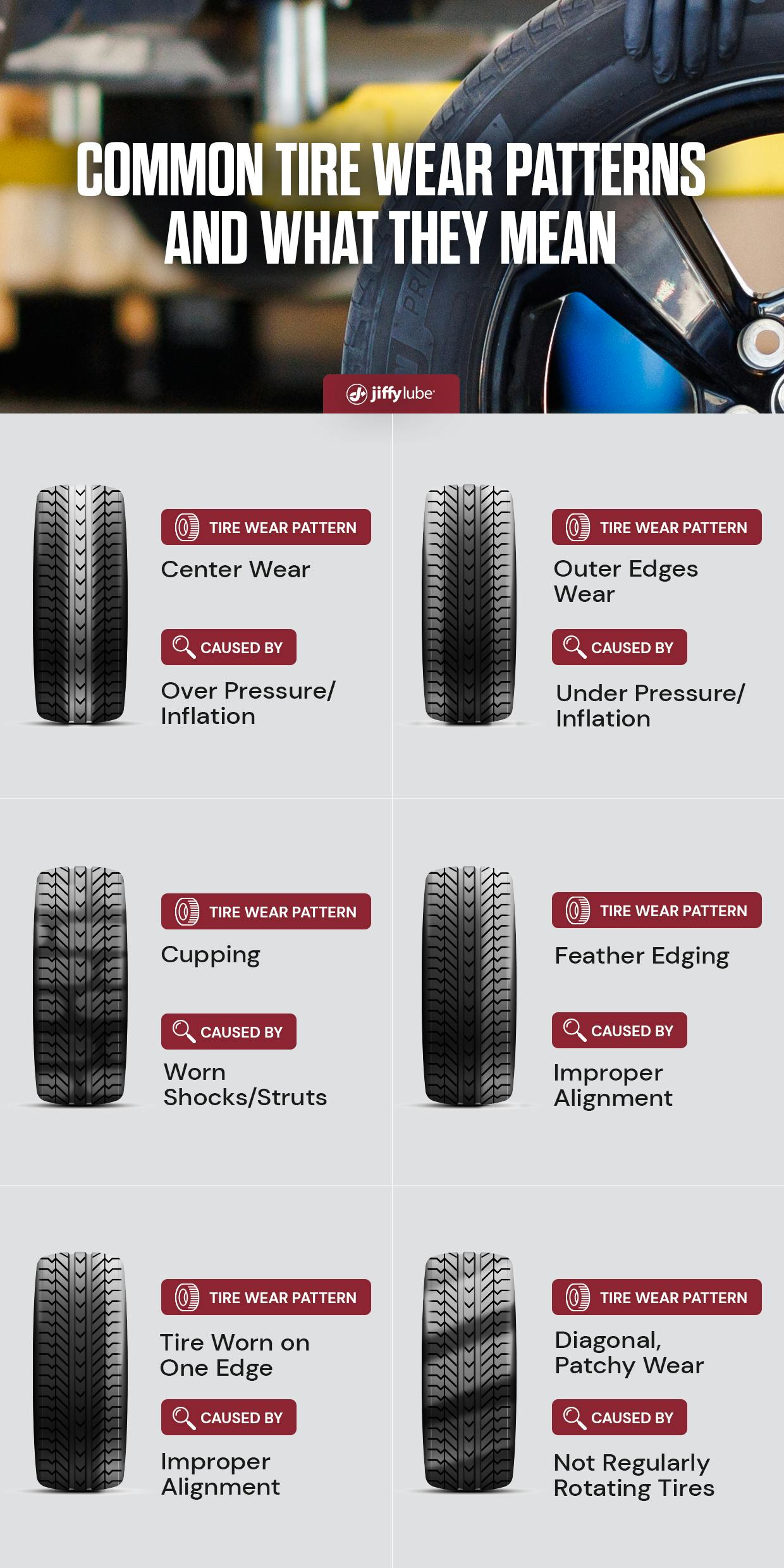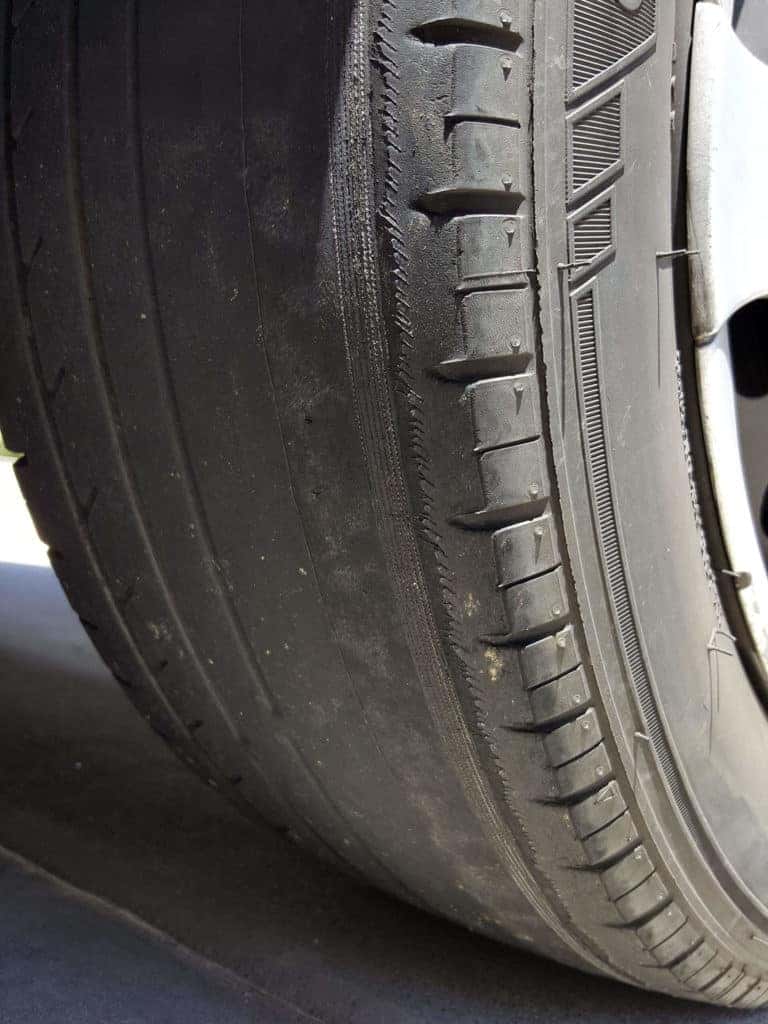Have you ever felt your steering wheel shake or noticed uneven tire wear? These could be signs that your car tires need to be balanced.
Ignoring this can lead to uncomfortable rides, faster tire damage, and even safety risks. But how exactly do you know when it’s time to get your tires balanced? Keep reading, and you’ll learn the simple ways to spot the warning signs and why balancing your tires matters more than you might think.
Your car—and your comfort—will thank you.
Symptoms Of Unbalanced Tires
Unbalanced tires affect how your car drives and feels. They cause problems that you can notice while driving. Recognizing these signs early helps you fix the issue before it worsens. Below are common symptoms that suggest your tires need balancing.
Vibrations While Driving
Feeling vibrations in the steering wheel or seat? This often means tires are not balanced. The car may shake more at higher speeds. Vibrations make driving uncomfortable and unsafe.
Uneven Tire Wear
Check your tires for uneven tread wear. Tires that wear faster on one side need balancing. Uneven wear shortens tire life and affects car handling. Balanced tires wear out evenly and last longer.
Steering Wheel Shaking
Your steering wheel may shake during driving. This shaking can be small or strong. It usually happens at certain speeds. Steering wheel shaking points to tire imbalance or alignment issues.
Poor Fuel Efficiency
Unbalanced tires cause your car to use more fuel. The engine works harder to keep control. This lowers fuel efficiency and increases costs. Balanced tires help save fuel and money.
Causes Of Tire Imbalance
Tire imbalance happens when the weight of the tire and wheel is unevenly distributed. This causes vibrations and uneven tire wear. Several factors cause this problem. Understanding these causes helps you know when to get your tires balanced.
Worn Or Damaged Tires
Tires with worn tread or damage can cause imbalance. Uneven wear changes the weight distribution. Cuts, bulges, or punctures also affect balance. Such tires need inspection and possible replacement.
Lost Wheel Weights
Wheel weights keep the tire balanced during rotation. These small weights can fall off over time. Losing them causes the tire to spin unevenly. Regular checks help catch missing weights early.
Hitting Potholes Or Curbs
Striking potholes or curbs can shift the tire’s balance. The impact may bend the wheel or displace weights. This results in vibrations while driving. Avoiding rough roads helps maintain balance longer.
Checking Tire Balance At Home
Checking tire balance at home helps you spot problems early. It saves time and money by avoiding serious damage. You only need some basic observations and simple tests. These steps guide you to assess your tires without special tools.
Visual Tire Inspection
Start by looking closely at each tire. Check for uneven wear or bald spots. Look for missing wheel weights on the rim edges. These small weights keep the tire balanced. Damage or dents on the rim also affect balance. Notice any cracks or cuts on the tire sidewall. These signs suggest the tire needs balancing or repair.
Feel For Vibrations
Drive slowly on a smooth road and pay attention. Vibrations in the steering wheel or seat often mean imbalance. The feeling may increase with speed. Uneven shaking or wobbling points to tire issues. Vibrations make driving uncomfortable and unsafe. Test on different speeds to see if shaking changes.
Monitor Tire Wear Patterns
Check how the tires wear over time. Uneven tread wear shows imbalance or alignment problems. Look for cupping, feathering, or scalloped edges on the tread. These patterns reduce tire life and car control. Keep a record of wear to notice sudden changes. Balanced tires wear evenly and last longer.

Credit: www.jiffylube.com
When To Visit A Professional
Knowing when to visit a professional for tire balancing helps keep your car safe and smooth. Tires that are out of balance cause vibrations and uneven wear. A professional can check and fix these issues quickly. Here are key times to schedule a tire balance service.
Routine Tire Maintenance
Regular tire checks include balancing to avoid long-term damage. Balancing during routine maintenance prevents uneven tire wear. It helps maintain good fuel efficiency and better handling. Experts recommend balancing tires every 5,000 to 7,000 miles. This keeps your ride steady and tires lasting longer.
After Tire Replacement
New tires need balancing right after installation. Balancing ensures the new tires wear evenly from the start. Without it, vibrations may occur soon after replacement. Ask the technician to balance tires after putting on new ones. This step protects your investment and improves driving comfort.
Following Suspension Repairs
Suspension work can affect tire balance and alignment. After repairs, your tires may not spin evenly. This causes shaking or pulling to one side while driving. A professional should balance tires after suspension fixes. It restores smooth driving and prevents extra tire wear.
Benefits Of Balanced Tires
Balanced tires play a key role in your car’s performance. They keep your drive smooth and safe. Proper tire balancing prevents uneven wear and tear. It also helps your car handle better on the road. Understanding the benefits of balanced tires can help you maintain your vehicle effectively.
Improved Ride Comfort
Balanced tires reduce vibrations felt inside the car. You will notice a smoother and quieter ride. This comfort is important on long trips and daily drives. Balanced tires prevent shaking in the steering wheel and seats.
Extended Tire Lifespan
When tires are balanced, they wear evenly. Even tire wear means you replace tires less often. This saves money and helps keep your car safe. Balanced tires also protect other parts like suspension and bearings.
Better Handling And Safety
Balanced tires improve your car’s control on the road. Your vehicle responds better to steering movements. This increases safety, especially at high speeds. Balanced tires help prevent accidents caused by poor handling.

Credit: www.reddit.com
Frequently Asked Questions
How Can I Tell If My Tires Need Balancing?
Unbalanced tires cause vibrations, uneven tire wear, and steering wobble. If you feel shaking at higher speeds, your tires likely need balancing.
Why Is Tire Balancing Important For My Car?
Balanced tires ensure smooth driving, prevent premature tire wear, and improve fuel efficiency. Proper balancing enhances safety and extends tire life.
How Often Should I Balance My Car Tires?
It’s best to balance tires every 5,000 to 6,000 miles or when you notice vibration. Also balance after tire rotations or replacements.
What Happens If I Don’t Balance My Tires?
Unbalanced tires cause uneven wear, reduce tire life, and affect vehicle control. This leads to unsafe driving and costly repairs over time.
Conclusion
Balanced tires help your car drive smoothly and safely. Watch for shaking or uneven tire wear. These signs mean your tires may need balancing. Regular checks keep your tires lasting longer. Balancing improves fuel efficiency too. Don’t wait for problems to get worse.
Keep your car comfortable and stable on the road. Take action soon to avoid costly repairs. Simple steps can save time and money. Stay alert and keep your tires balanced for a better drive.

